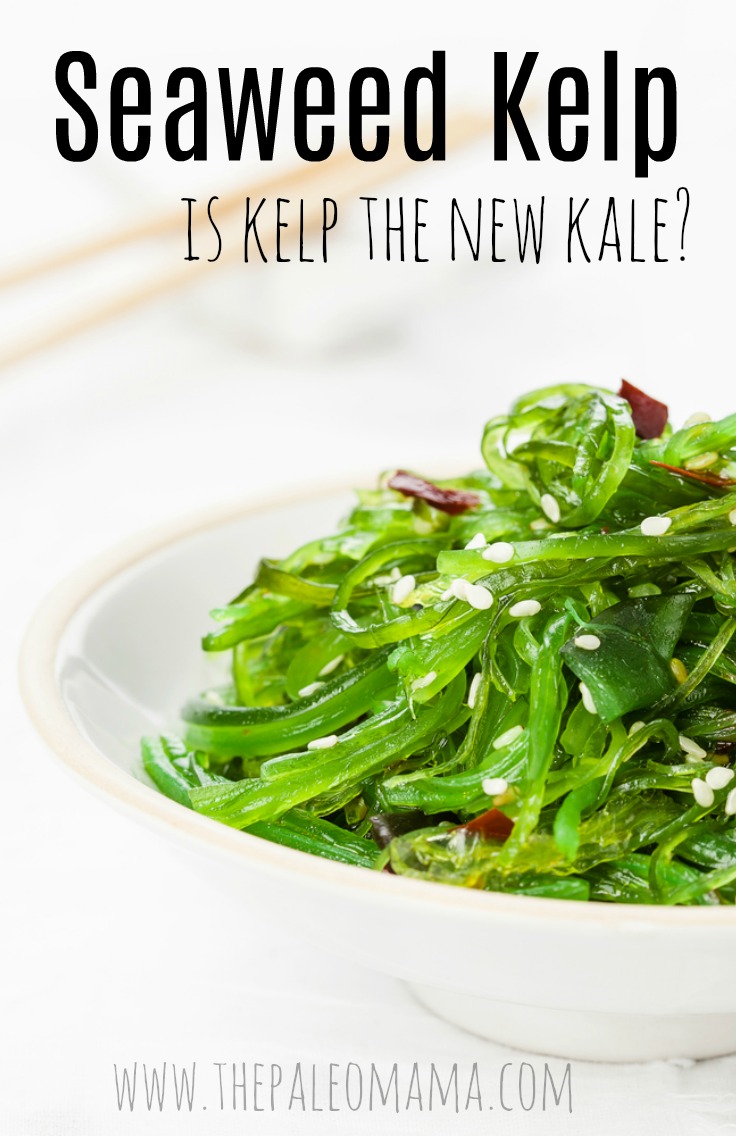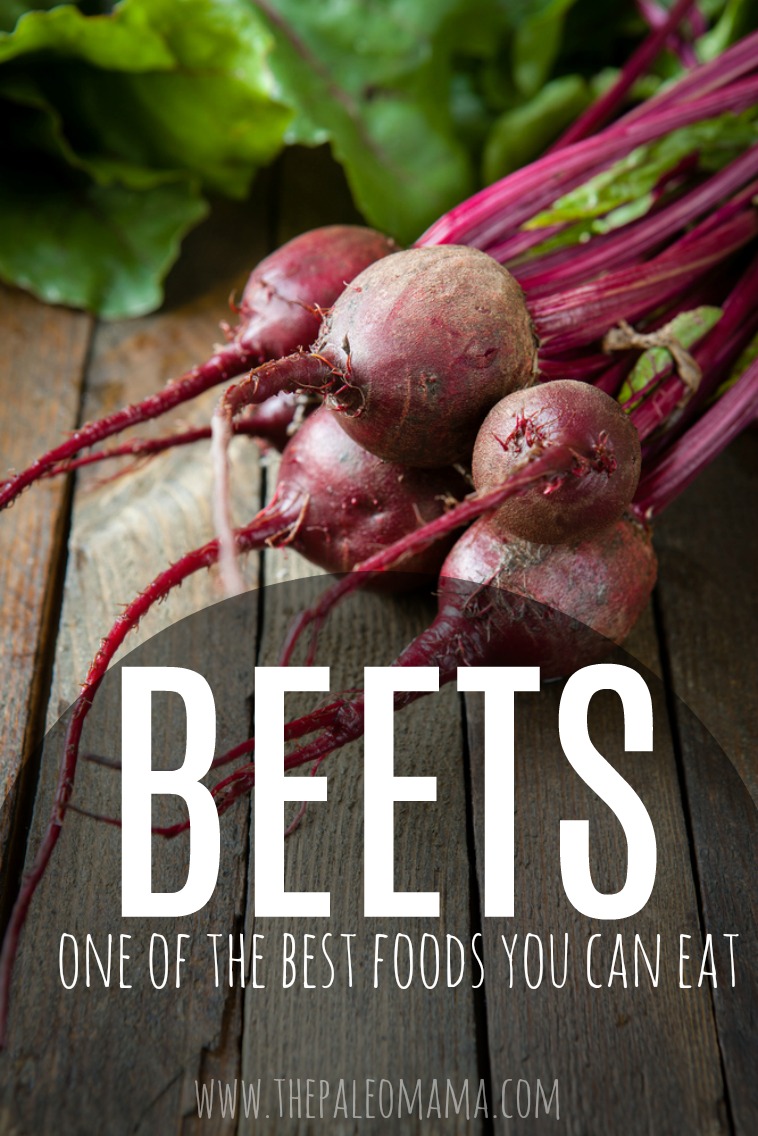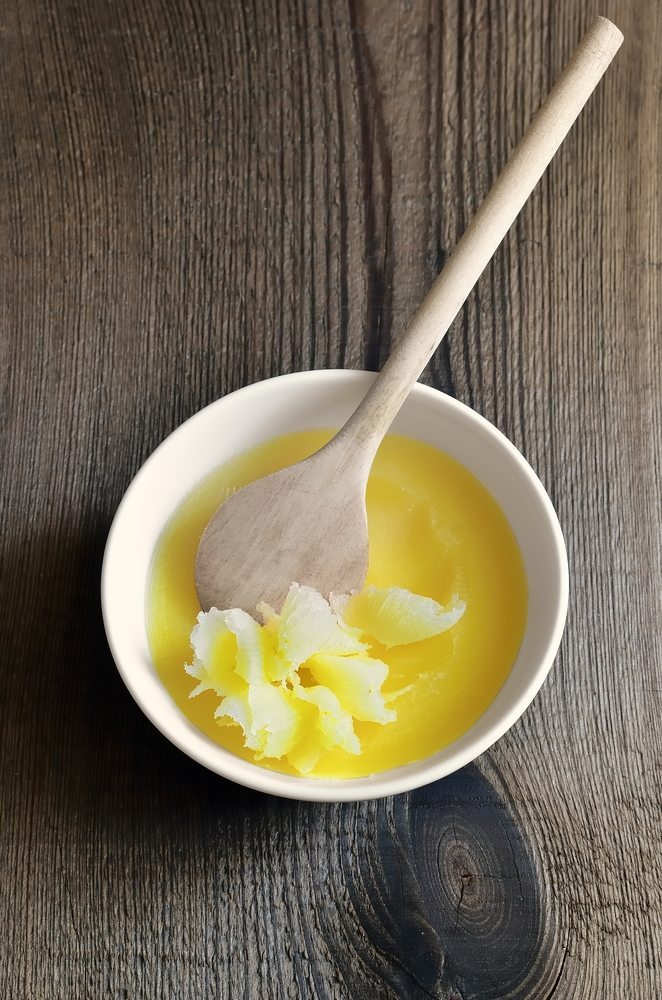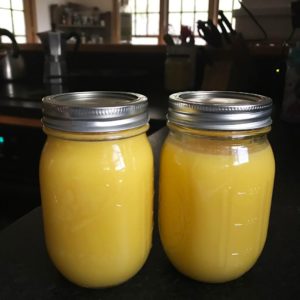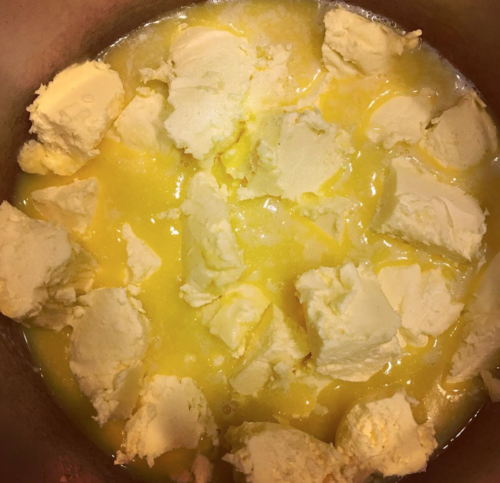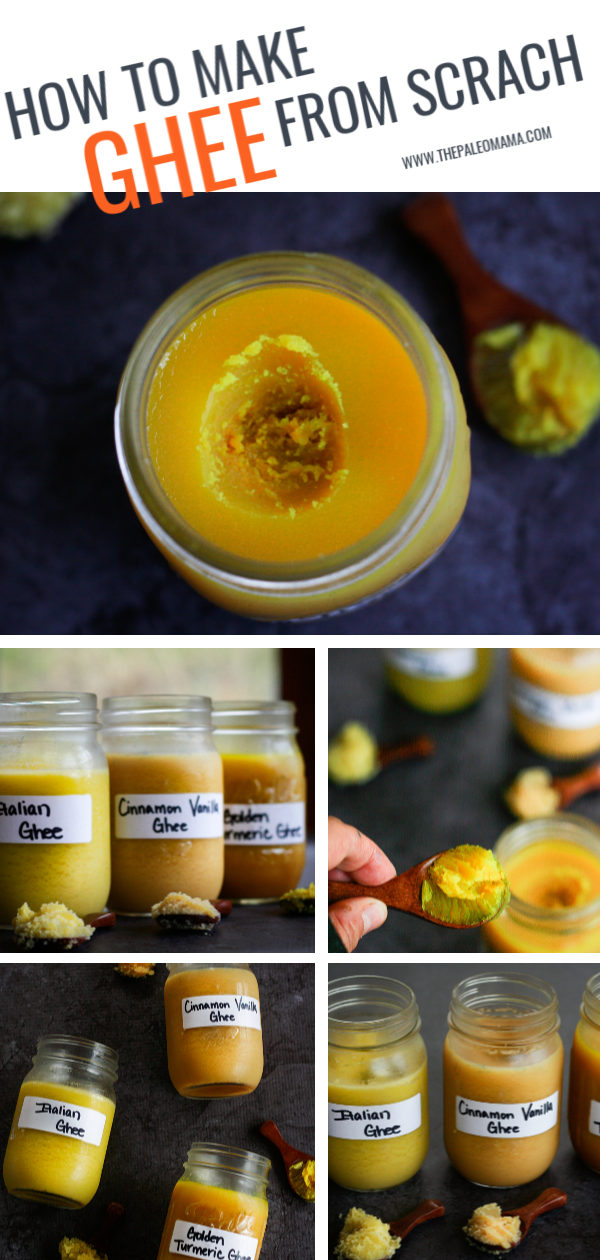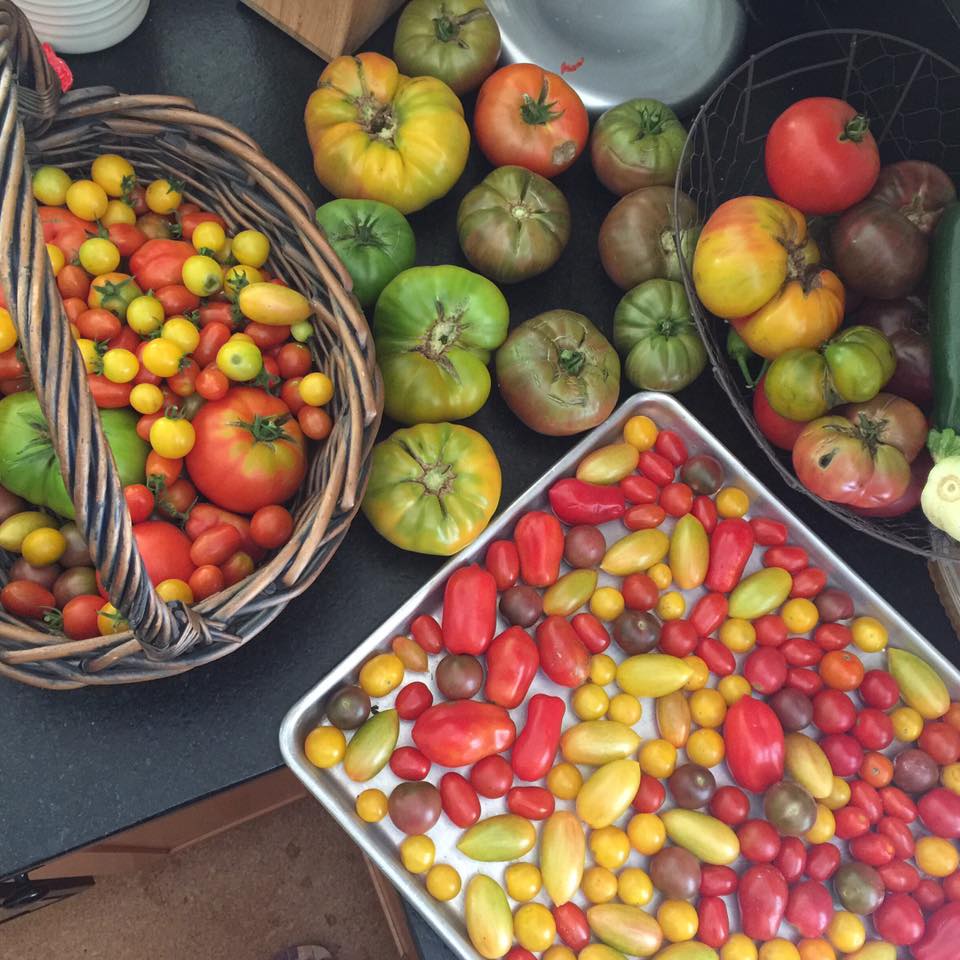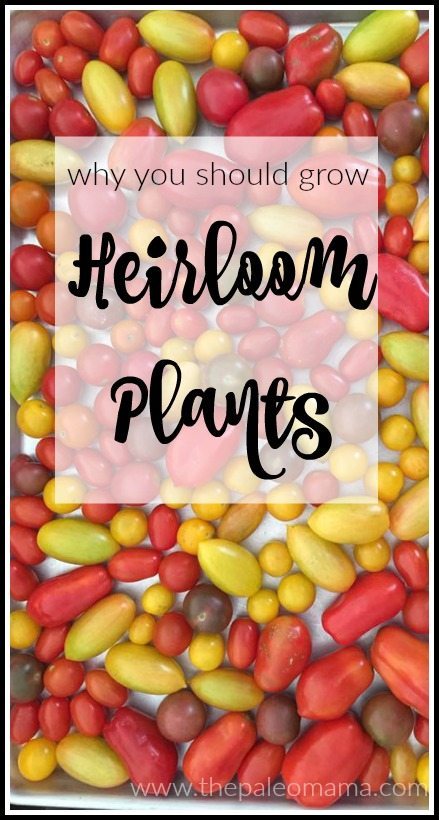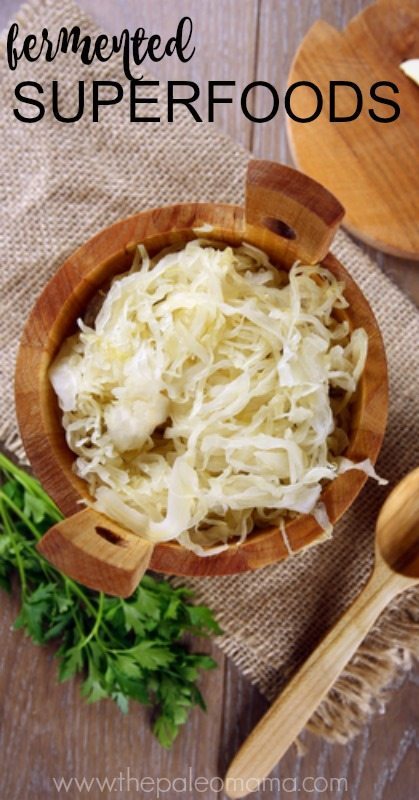It’s no secret that on June 23, 2017 I underwent surgery to have my breast implants removed. Over 10 years ago, way before living natural was on my radar, I did what millions of other women do, and I had breast augmentation. Don’t you ever wish you could just slap your 20 year old self for some choices that she made?
I assume that some choices we make lead us to tell our story to others so that they don’t make the same mistakes. So here I am. Bearing my chest to all of you and sharing something that’s a little personal.
So here’s my breast implant story and why I had them removed.
I fell into the trap. You know the one that nearly 2 million men and women fall into every year. I wanted to be “proportionate” and as a 5’10 woman with a full size A breast, I felt like I needed some help in that department.
I do remember hearing the risks (1), but they, literally, went in one ear and out the other. Fast forward 11 years, and here I am, 11 years older, wondering if I should change out my breast implants. I knew that implants weren’t lifetime devices and I just figured I would get new ones when the time came. Well, the time came in 2017, and as a more educated, natural woman, I did my research this time.
You’ll never believe what I discovered.
I discovered that millions of women were having issues with their implants such as: mold growing in their implants and leaking out into their body (watch this video), extreme fatigue and brain fog, Lyme Disease, strange mood and anxiety issues, and even cancer, And these were women who had saline filled implants and silicone filled breast implants…oh and gummy bear implants too (I kid you not).
Hello Breast Implant Illness.
That is the term that these women were all using. I remember my jaw dropping. I remember feeling helpless and feeling completely trapped with a monster inside my breast. Actually, I felt like a ticking time bomb. I felt lucky.
I had some of these issues, but nothing “drastic”: brain fog, signs of toxicity, and constant issues with my skin.
Some other symptoms of Breast Implant Illness are depression, panic attack, chest pain, radiating pain down the arm, chronic fatigue and an increased risk that women with breast implants will commit suicide. Y’all…this is serious, so I must talk about my story.
I made the decision to do what THOUSANDS of other women were doing….

Explant Surgery.
Once I found a safe haven with these other women, I started learning about how they were removing their breast implants. It was pretty drastic, if you ask me, but their life was on the line. MY LIFE WAS ON THE LINE.
Explant surgery is where you have your breast implants removed and you don’t replace them. You go back to your beautiful, God-given body and you heal from Breast Implant Illness.
But, a word of caution, you really should find a Plastic Surgeon that can perform an explant surgery, Capsulectomy, En Bloc all at the same time.
You know that scar tissue that forms around the implant? Yea that’s the body’s immune response to a foreign object being put in the body and it’s the body’s way of fighting it….constantly. Your body is fighting your implants 24/7. Proper removal of your implants, as quickly as possible, is the first step to your recovery. Here’s some tips I have for those who want to remove their implants.
How to Have a Safe Explant Surgery:
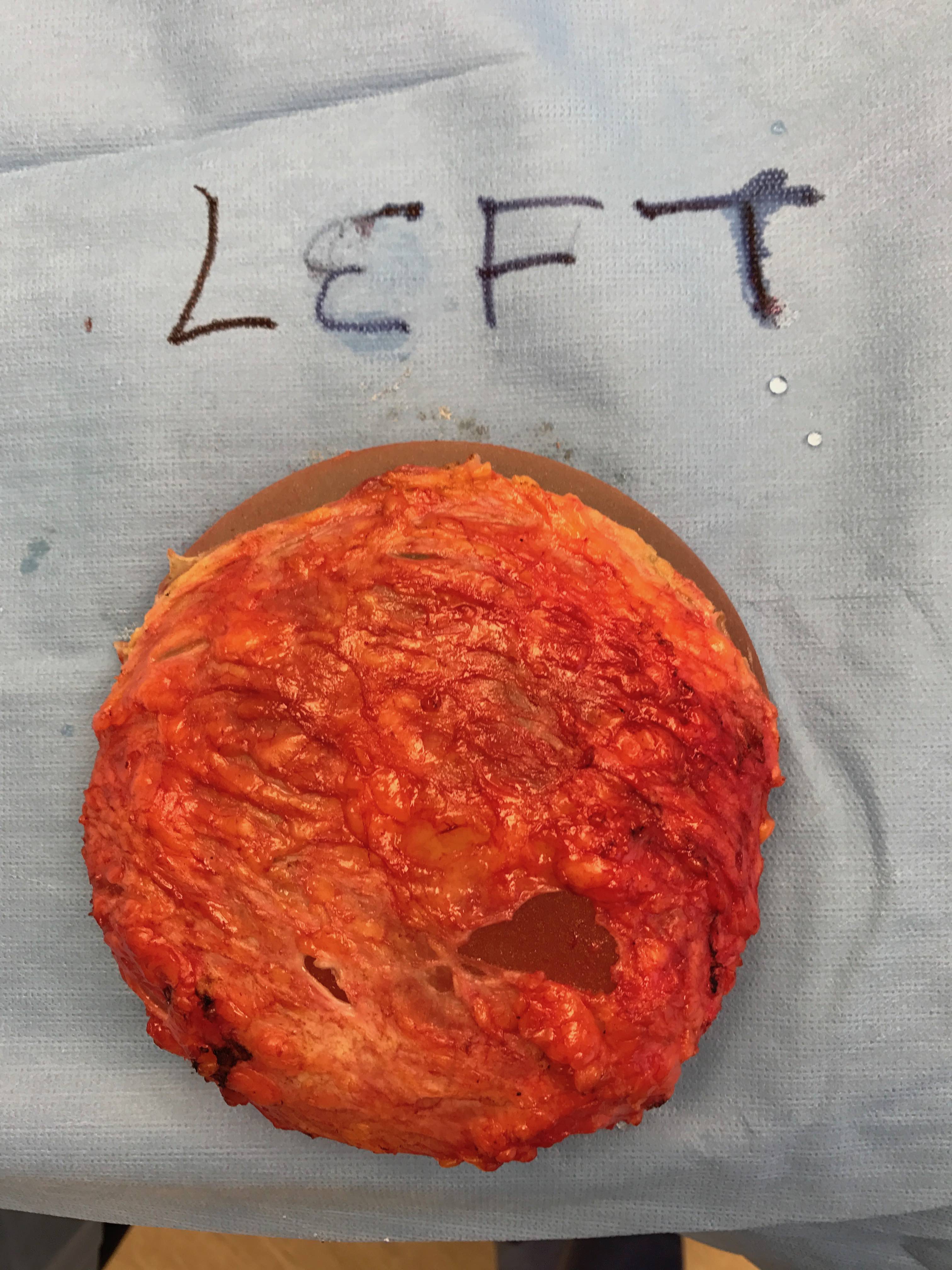
- Find a Plastic Surgeon that is qualified in removing implants En Bloc (in a manner that does not contaminate you) and with a Total Capsulectomy (remove all capsule tissue). Here’s a list of Surgeons that I recommend. I, personally, went to Dr. Ghazi in Atlanta, GA and 100% recommend him. He was amazing, never questioned my decision to remove my implants, and never tried to talk me into replacing them.
- Check with your health insurance company and see if they will cover it. Mine didn’t, but lots of women are able to get it covered, especially if you have a doctor who agrees that your breast implants are making you sick. Many deny it…especially plastic surgeons.
- After surgery, you will want to eat nourishing foods to heal your body and foods that support detoxification.
- For more support, join this Facebook group. I, honestly, wouldn’t have done this without the support of this group. You will need all the support you can get! I’m here for you too. Feel free to email me at any time (jackie(at)ritzessentials(dot)com.

